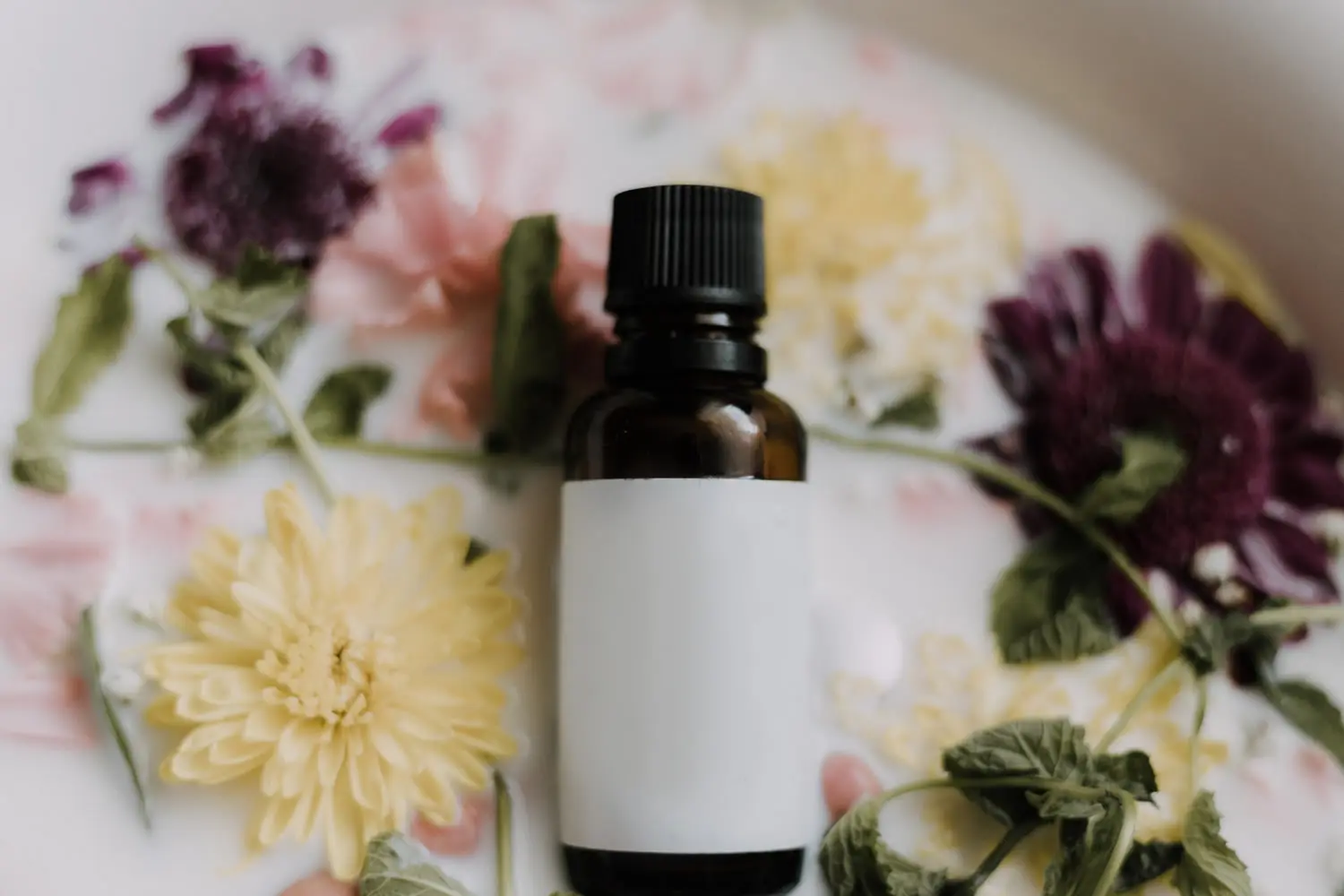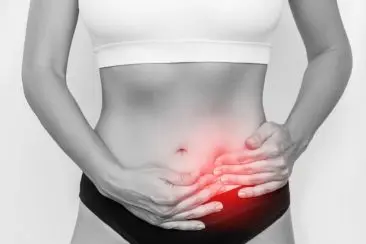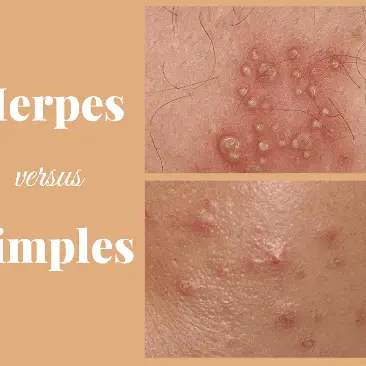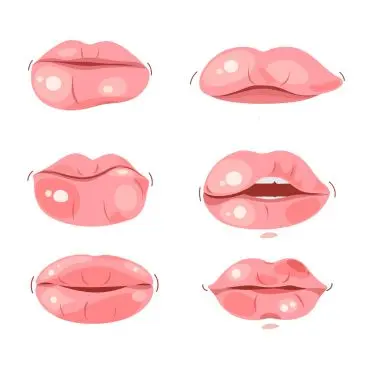13 Effective Home Remedies for Yeast Infections
Any change in vaginal health should be taken seriously. Take a deep breath if you have an itchy, irritated, sore vagina and thick white discharge. There is a good possibility that you have a vaginal yeast infection.
If your symptoms are mild, you may find relief with various natural remedies, over-the-counter (OTC) treatments, and medications. You can keep your vagina balanced and comfortable by treating your symptoms safely and quickly.
Home Remedies for Vaginal Yeast Infections
A mild yeast infection usually clears up within a few days. Yeast infections that are more severe or recurrent may take up to two weeks to heal completely. Talk to your healthcare provider if you experience yeast infection symptoms for over three days. A doctor should also be consulted if you are expecting, have chronic yeast infections, have symptoms related to an STD, or are unsure whether you have a yeast infection.
Meanwhile, if you have mild symptoms and want some relief, specific home remedies may help. The following is a breakdown of what might work and what doesn't.
Coconut Oil
Coconut oil has antifungal and antimicrobial properties. When taken orally, it killed Candida albicans in a one-cell study. You should consult a doctor before using coconut oil; more research is needed to confirm this benefit.
Boric Acid
To make homemade vaginal suppositories, boric acid has antifungal and antiviral properties. In cases where other traditional treatments have failed, it seems to help. Pregnant women should avoid boric acid because it is toxic to a fetus.
Apple Cider Vinegar
Researchers do not believe apple cider vinegar is a reliable treatment for yeast infections. Vinegar should never be used as a douche. It can irritate the skin and aggravate symptoms. In addition, adding apple cider vinegar to a bath does not help rebalance vaginal pH.
Probiotics
A probiotic supplement may help reintroduce helpful bacteria such as Lactobacillus acidophilus into your body. There is some evidence that these supplements can help restore a more balanced vaginal pH, but the science is inconclusive, so if you want relief quickly, seek a proven treatment.
Yoghurt
It may be beneficial to your immune system to eat yoghurt with live cultures. It's unclear, however, whether yoghurt can treat or fight yeast infections. No matter what, don't smear yoghurt on your vagina. Yoghurts usually contain sugar, which feeds fungi and exacerbates yeast infection symptoms.
Tea Tree Oil
Antibacterial and antifungal properties are found in tea tree oil. For centuries, people have used it to treat wounds and other ailments. It may be an effective topical treatment for yeast infections with traditional OTC medications like fluconazole. The antimicrobial properties of oregano oil (origanum oil) have also been found in cell studies.
Research must be conducted on these oils before they can be recommended as effective treatments. Never drink tea tree oil if you try it anyway. Orally ingested, it can be toxic.
Garlic
As a homoeopathic yeast infection treatment, garlic can be taken orally. You should always consult your doctor before taking garlic.
Using cloves as vaginal suppositories to treat a yeast infection is not recommended, even though some tout garlic as a cure for all medical conditions. The practice is not proven beneficial, and you may burn your vagina or aggravate your condition.
Baking Soda
If you have an active yeast infection, you can relieve some symptoms by adding one teaspoon to one tablespoon of baking soda to your bathwater. Baking soda helps to soothe an athlete's foot, poison ivy, and hives. It may also kill Candida Albicans, but that's not enough evidence to prove it works. Consult your doctor first if you use baking soda as a remedy.
Hydrogen Peroxide
Douching with hydrogen peroxide might look like a good idea since it is famous for its antiseptic properties and is commonly used to clean open wounds. A yeast infection can be exacerbated by treating your vagina with hydrogen peroxide.
Saltwater
It is common for people to use salt water to treat fungal infections such as athlete's foot and oral thrush. Some suggest adding salt to bathwater to kill Candida albicans, but more research is needed to confirm this.
Oregano Oil
Yeast infections can be cured at home with oregano oil. Most health food stores or grocery stores carry it. Taking this as a treatment at night in capsule form is best.
If capsules aren't an option, the oil will work as well. 2-4 drops should be applied inside the genital area. The same medicinal effects can be achieved by using this oil on a tampon, with or without coconut oil.
Lemongrass
A yeast infection can be effectively treated at home with lemongrass. In studies, lemongrass was found to interact with Candida biofilm formation, potentially treating yeast infections.
The essential oil can be applied topically or taken as a capsule. When applying it topically, you should use a carrier oil (such as coconut oil).
Vitamins C And E
The vitamins C and E can both be beneficial in treating yeast infections. The immune system is enhanced by vitamin C, while the skin is soothed by vitamin E.
Vitamin C boosts your body's ability to fight off the infection, while vitamin E reduces the itching that often accompanies yeast infections.
OTC and Prescription Treatments for Yeast Infections
An OTC antifungal medication or doctor-prescribed treatment may be the best choice if you have a vaginal yeast infection and need to get rid of your symptoms quickly.
- Several over-the-counter antifungal vaginal suppositories and lotions contain tioconazole to treat yeast infections over a one-, three-, or seven-day period. To alleviate irritation and itching, patients insert the suppositories at bedtime and apply a cream throughout the day.
- Two topical creams are prescribed to treat yeast infections in people with severe symptoms. Terconazole is taken over three or seven days, while butoconazole is given as a single dose.
- Fluconazole (Diflucan) is a prescribed oral tablet that treats yeast infections effectively. It may be taken once or twice a day for a few days. Although it has a higher risk of side effects than creams and suppositories, the side effects are generally mild: headache, stomachache, and rash.
Home Remedies vs Medical Treatments for Yeast Infections
This table compares common home remedies with medical treatments, including their effectiveness, limitations, and safety.
| Remedy/Treatment | Type | Effectiveness | Notes |
|---|---|---|---|
| Coconut Oil | Natural | Mild antifungal effects | Topical use only; limited evidence |
| Boric Acid | Natural | Effective for resistant infections | Avoid in pregnancy |
| Probiotics | Supplement | May help balance bacteria | Results vary; best used with medical care |
| Tea Tree Oil | Natural | Antifungal potential | May irritate; never ingest |
| OTC Antifungal Cream | Medical (OTC) | Highly effective | Use for 1–7 days as directed |
| Fluconazole (Diflucan) | Prescription | Fast and reliable | Oral dose; may cause mild side effects |
How to Prevent Vaginal Yeast Infections Naturally
The chances of getting a yeast infection can be reduced or prevented. Preventive measures include hygiene and diet. Here are a few examples:
- Cotton underwear is usually breathable.
- Taking fewer trips to the hot tub or bubble bath
- Wet clothes should be changed as soon as possible.e
- Tampons should be changed regularly if you are on your period
Yoghurt's active cultures help regulate yeast levels when eaten - Low-sugar diets
- Limiting beer consumption
- Taking cranberry supplements or drinking plenty of cranberry juice
Even when taking precautions to prevent yeast infections, they can still occur.
When to See a Doctor About a Yeast Infection
Other ailments can affect your vaginal health besides yeast infections. Get medical advice and a proper diagnosis from a gynaecologist if you've never had a yeast infection, are pregnant, or have severe or prolonged symptoms. You should rule out other bacterial or sexually transmitted diseases (STDs) that may affect your symptoms.
Can You Treat a Yeast Infection Online?
Mobi Doctor offers yeast infection treatment online.
How Mobi Doctor Can Help with Yeast Infection Treatment
Mobi Doctor offers online urgent care. In minutes, you can check your symptoms, research conditions and treatments, and text a healthcare provider if needed.
Mobi Doctor is a virtual clinic that provides online consultations and 24/7 support for people with health problems. You can talk to our experts about any health problem, whether an infection, an injury, or a mental health issue. We offer tailored advice and support from our team of doctors and experts.






